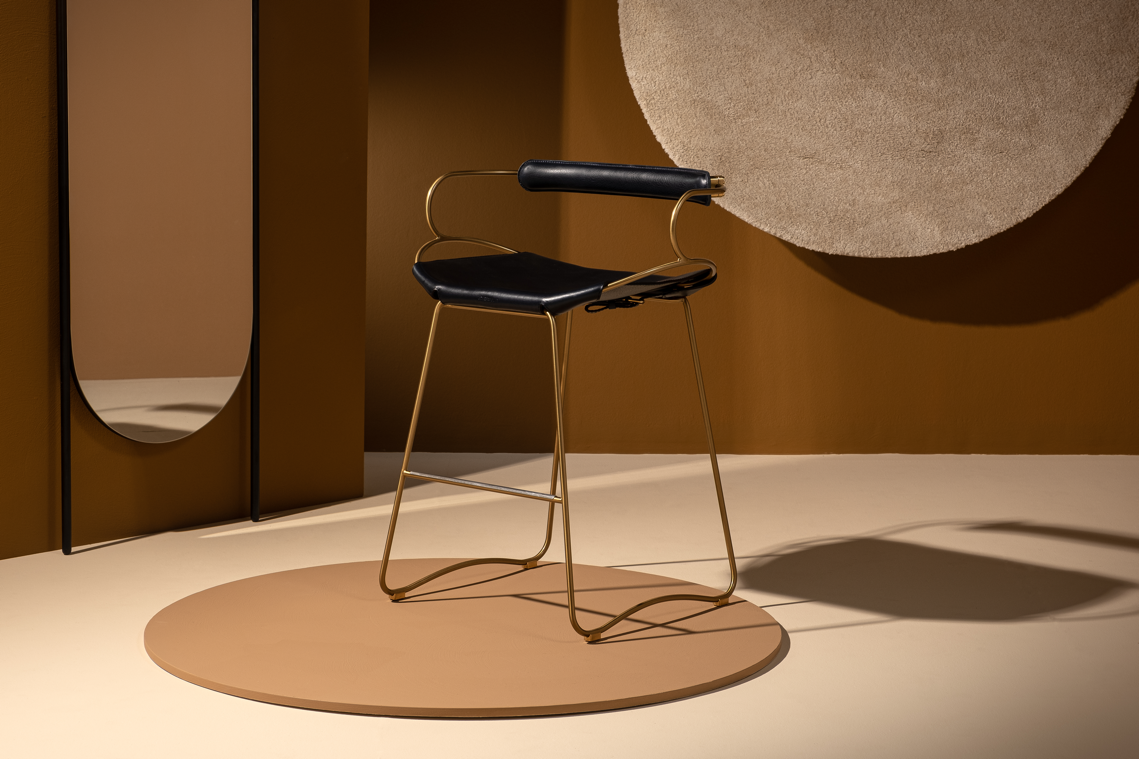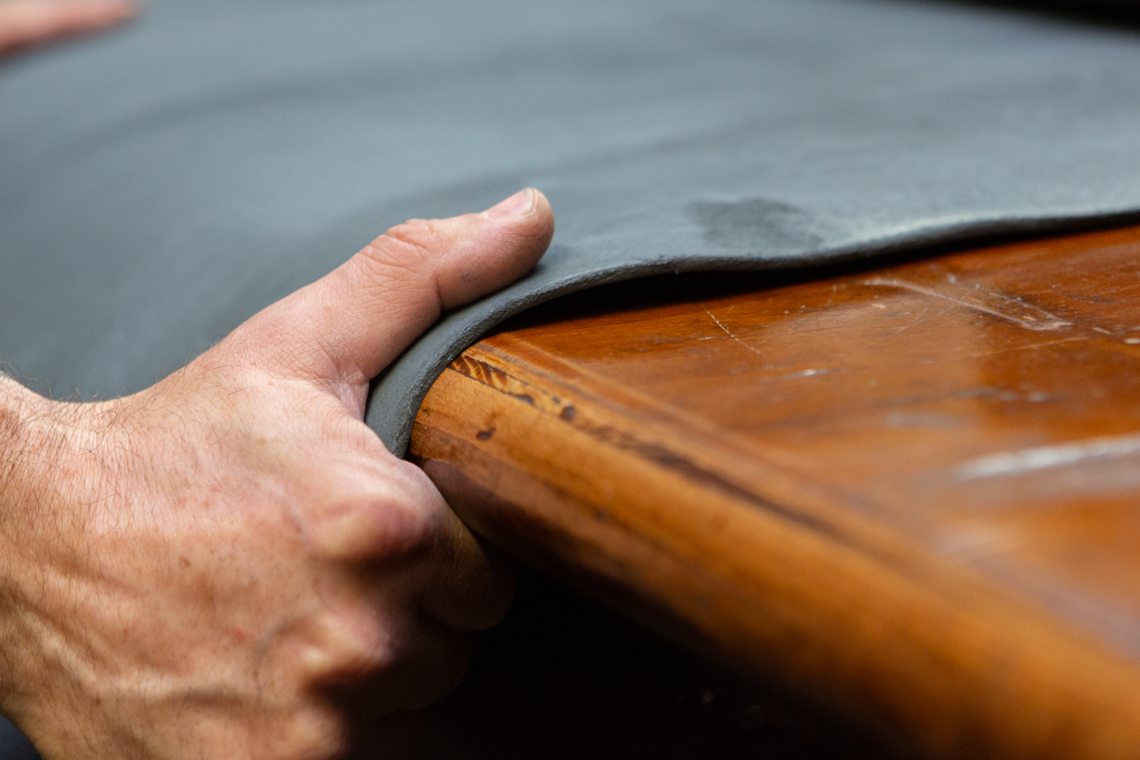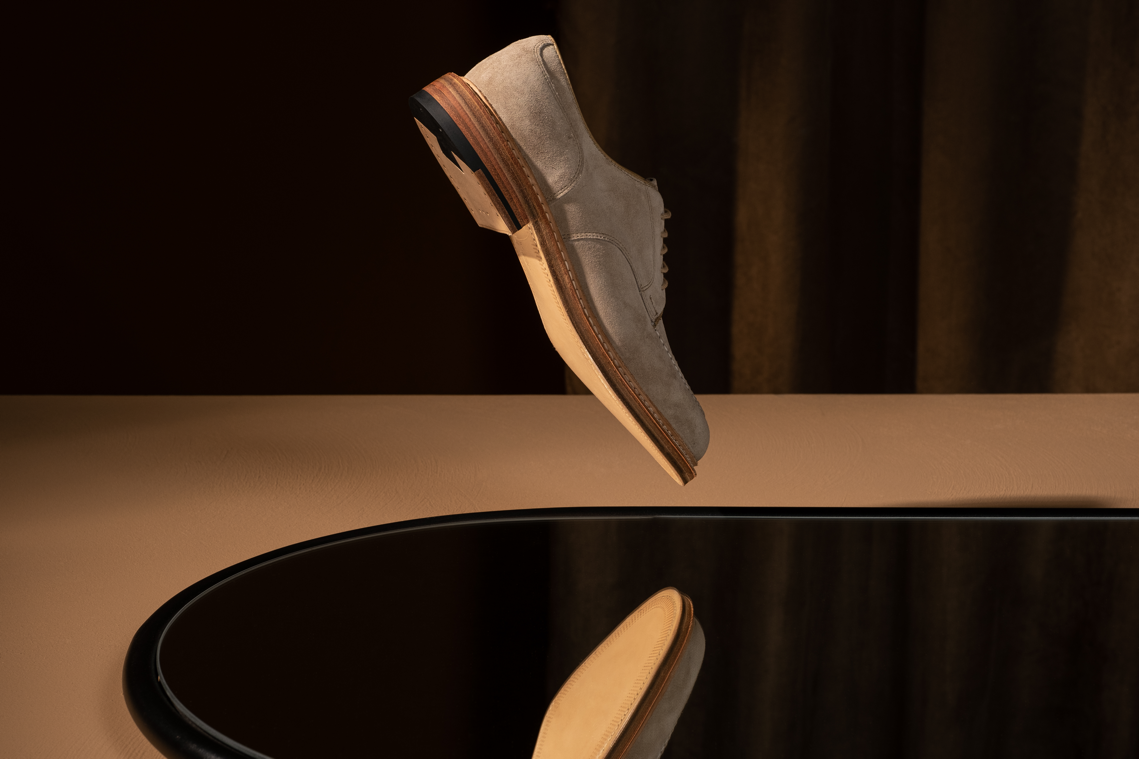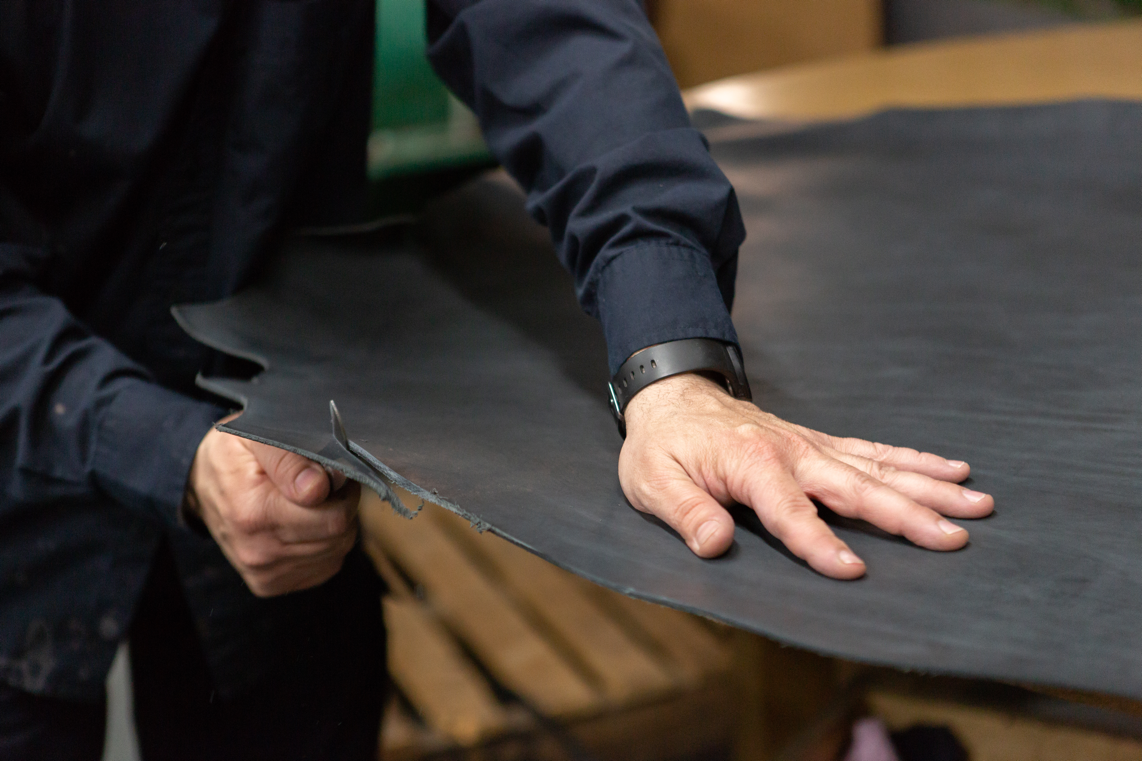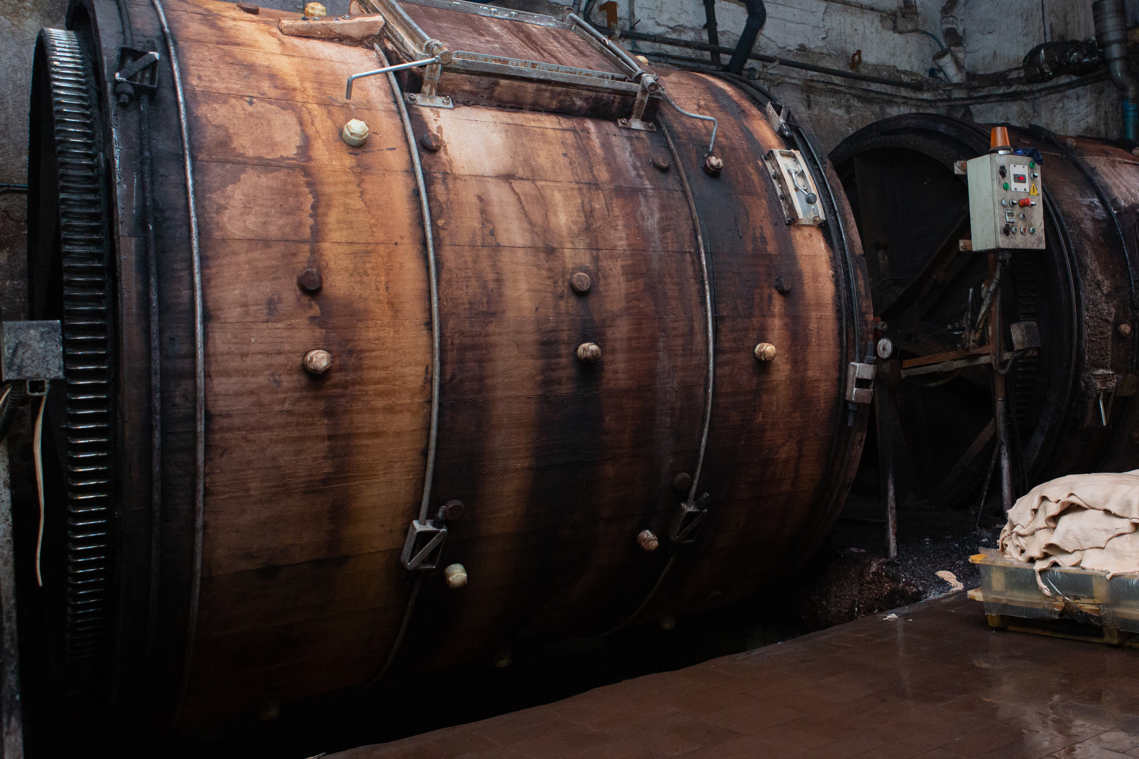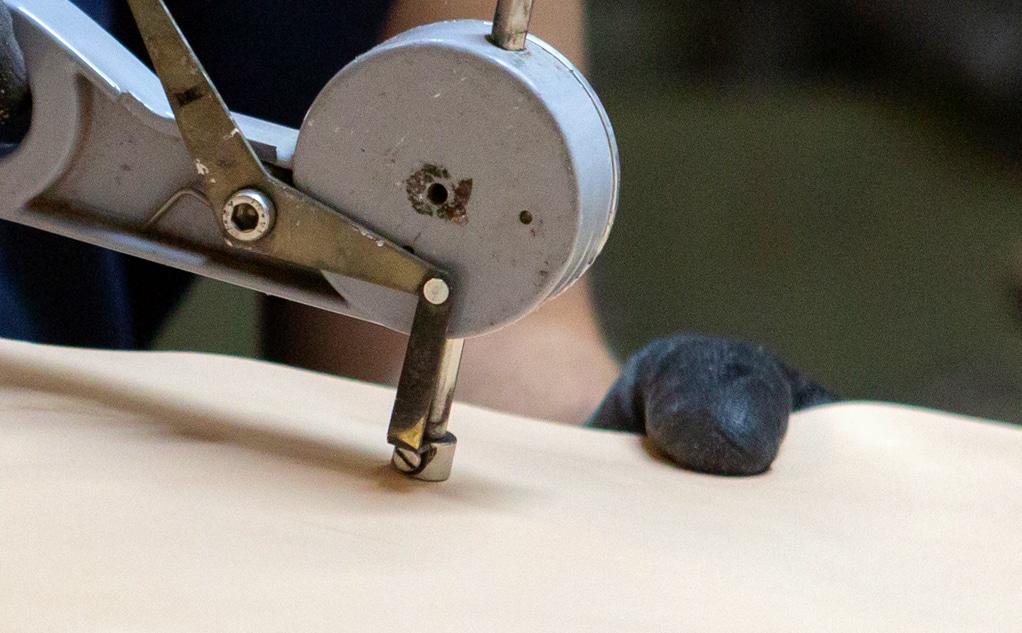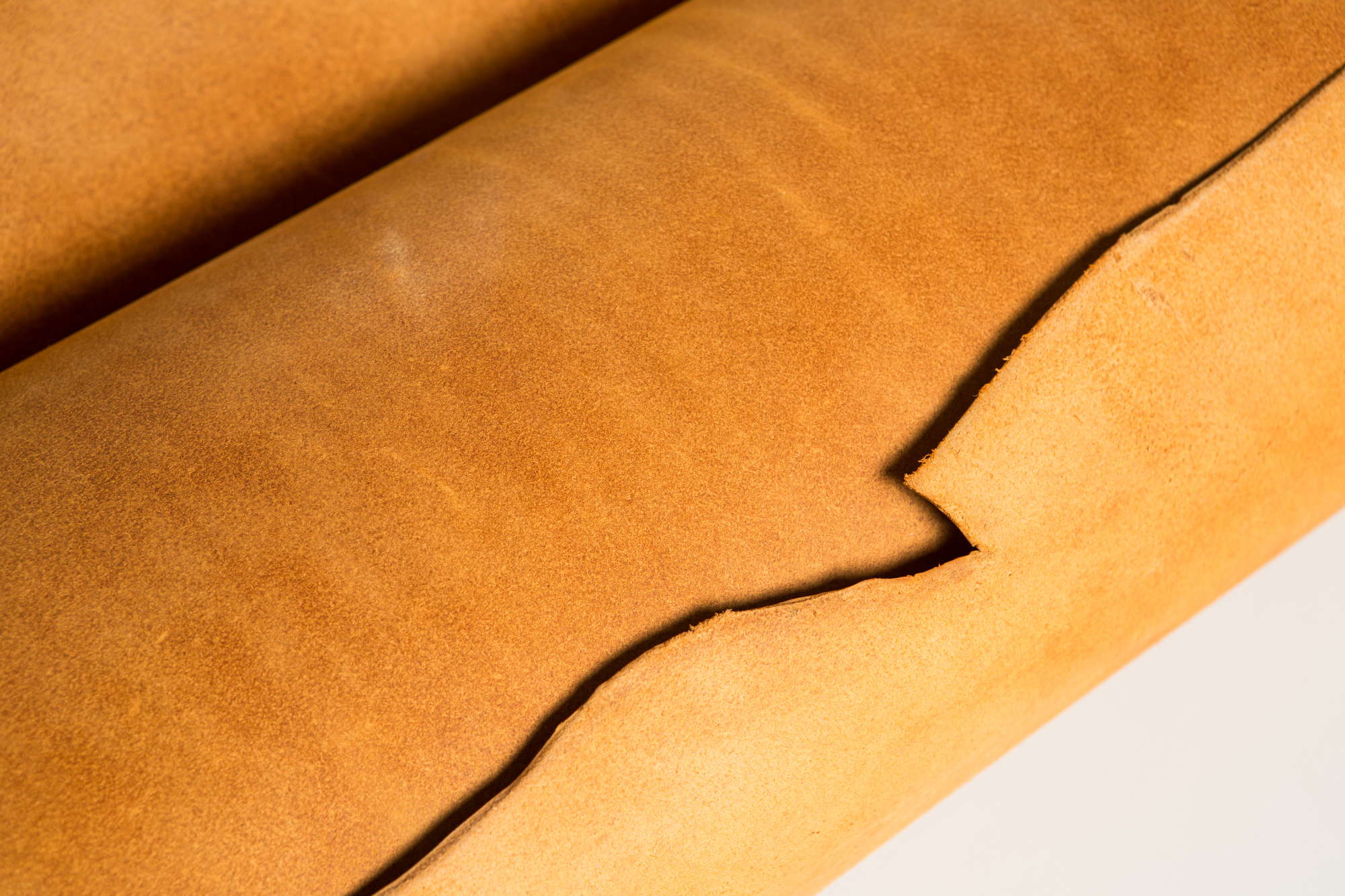
Leather
What is genuine leather? (And what isn’t?)
13 / 10 / 2021
Original content posted by: ONE4LEATHER.
You would think it was a simple question: What is genuine leather? But if you Google that query you will come up with a whole range of definitions – and a lot of them are completely wrong. The problem isn’t simply a question of whether genuine means ‘real’ or ‘synthetic’, but that people confuse the term with ways of grading leather. Not to mention the confusion caused by people using the term ‘leather’ to include faux leathers (it really is time for leather to have protected status in law). This article is an attempt to set the record straight once and for all.
Genuine leather – definition
The International Council of Tanners defines leather as:
“The hide or skin of an animal with its original fibrous structure more or less intact, tanned to be imputrescible. The hair or wool may, or may not, have been removed. Leather is also made from a hide or skin which has been split into layers or segmented either before or after tanning. However, if the tanned hide or skin is disintegrated mechanically and/or chemically into fibrous particles, small pieces or powders and then, with or without the combination of a binding agent, is made into sheets or other forms, such sheets or forms are not leather. If the leather has a surface coating, this surface layer, however applied, must not be thicker than 0.15mm.”
It also defines ‘coated leather’ and ‘bonded leather’:
“Coated leather is leather where the surface coating applied to the leather does not exceed one third of the total thickness of the product but is in excess of 0.15mm.”
“Materials where the leather fibres have been disintegrated and then reconstituted are not leather, but can be called bonded leather fibre or leather fibre board, if the leather fibre makes up more than 50% of the material. If there is any other component apart from leather fibre, binding material and leather auxiliaries, then this should be declared as part of the description».
‘Genuine leather’ is not a ‘grade’. Just means ‘real’.
Some definitions found on the internet are completely incorrect. For instance, the term ‘genuine leather’ DOES NOT describe the ‘grain’ or the ‘quality’ of a leather. As we can see from the definition above, the term refers solely to the authenticity of the material in question. Mike Batson from North Star Leather has written extensively about the “myth” of “genuine” being taken as a grade of leather. His definition of ‘genuine leather’ could not be clearer: “Simply put, it just means ‘real’ – a distinguisher from ‘synthetic’.
Batson theorises that misinformation like this came about because in the past, ‘genuine leather’ was stamped on all kinds of leather goods – including the highest quality ones. But many manufacturers found that as long as they used a base layer of cheap leather they could pass off products with a polyurethane top layer as ‘genuine leather’. Over time, people caught on to this sleight of hand and began to associate the ‘genuine leather’ tag as a sign that they were being taken for a ride.
In reality, ‘genuine’ just means ‘real’. In an article that debunks the genuine myth, Batson defines the term in a way we can all understand: “It’s very similar to using the word ‘wood’ when talking about furniture: the vast majority of ‘wood furniture’ you can buy today is particle board, but that doesn’t mean all ‘wood’ furniture is particle board or low quality. It can be applied to everything from cheap particle board, to plywood, to high-end exotics».
Types of leather: the definitive story
‘Top grain leather’ refers to one which includes the outermost layer of the hide – or the ‘grain’. It can come in a variety of thicknesses and may include the fibrous ‘corium’ layer of the hide which is made of collagen.
If the grain is left completely intact we refer to it as ‘full grain leather’. Good quality genuine leather belts are good examples. But if the surface of the top grain leather has been ‘finished’ in some way, for example, having blemishes sanded away, dyes added or embossing done, we call it ‘corrected grain leather’. One particular type of corrected grain leather is ‘nubuck’, which is created by buffing the grain to reveal the hide’s fibres, which give a velvety ‘nap’ to the leather.
During the tanning process, most hides are ‘split’ which means the top grain layer is removed leaving a bottom layer which can be used to make ‘split’ or ‘suede leather. This stage also determines the thickness of the grain layer. Different applications – such as shoes or seat covers – require different thicknesses of leather.
You can read the original content HERE.
Continuar leyendo
Newsletter
Suscríbase a nuestra Newsletter y recibirá información sobre todo lo que nos inspira, las principales noticias, tendencias y mucho más.



